
A vowel and a consonant » The difference between consonants and vowels — WellHouse Church
Consonants are also very necessary for the formation of syllables like vowels. Even though there is a dependency on the vowel, thus, it is required to understand the phonetics of consonants. Main Differences Between Vowels and Consonants. The difference in the production of speech sounds while pronouncing is a significant difference between.

Vowels, Consonants and Semivowels Difference between Alphabet and Letter YouTube
Consonants are the rest of the letters in the alphabet: b, c, d, f, g, h, j, k, l, m, n, p, q, r, s, t, v, w, x, y and z The letter 'y' is a bit different, because.
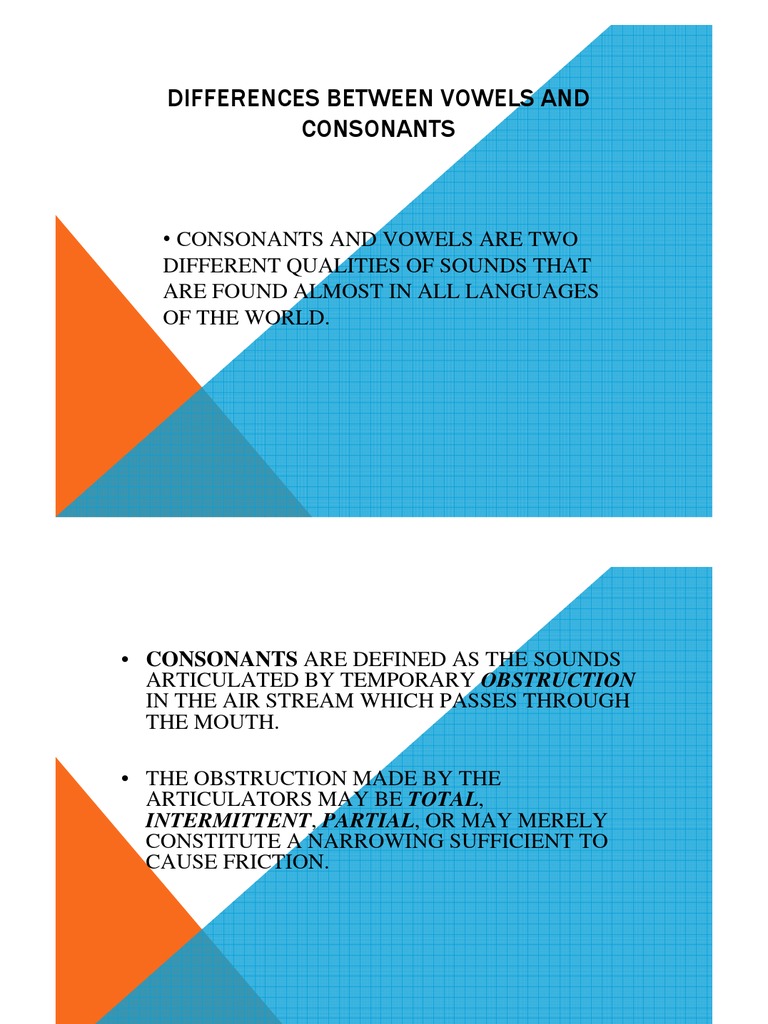
Differences Between Vowels and Consonants Consonant Vowel
Differences between consonants and vowels. Early definitions of vocalic phonemes as units that have the faculty of forming a word by themselves have proven too restrictive, but independence as a syllable, though only a rough-and-ready criterion, is more tenable. As discussed in chapter 4, vowels have syllabic status, consonants usually do not.
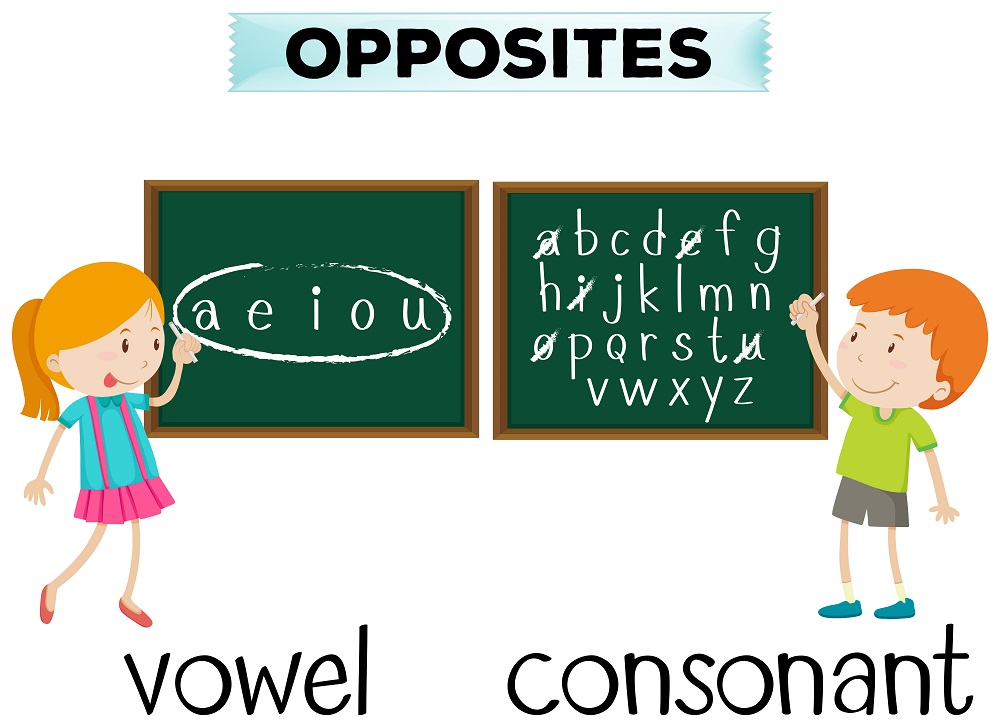
What is Vowel and Consonants? Definition Examples Free Test English Philosophy
Learn about vowels, how they are used, the difference between short and long vowels, and how the consonant y relates to vowels.. The 5-letter word with the most vowels is Iouea (with a capital i), which uses all the main vowels and no consonants. Iouea is the scientific name for a genus of extinct water sponges. If you're asking this.

Vowels, diphthongs and consonants The English Laboratory
Main Difference - Vowels vs Consonants. All the speech sounds in the language can be grouped into two groups. These two groups are known as vowels and consonants. A vowel is a speech sound produced by comparatively open configuration of the vocal tract, with the vibration of the vocal cords but without audible friction. A consonant is a basic.
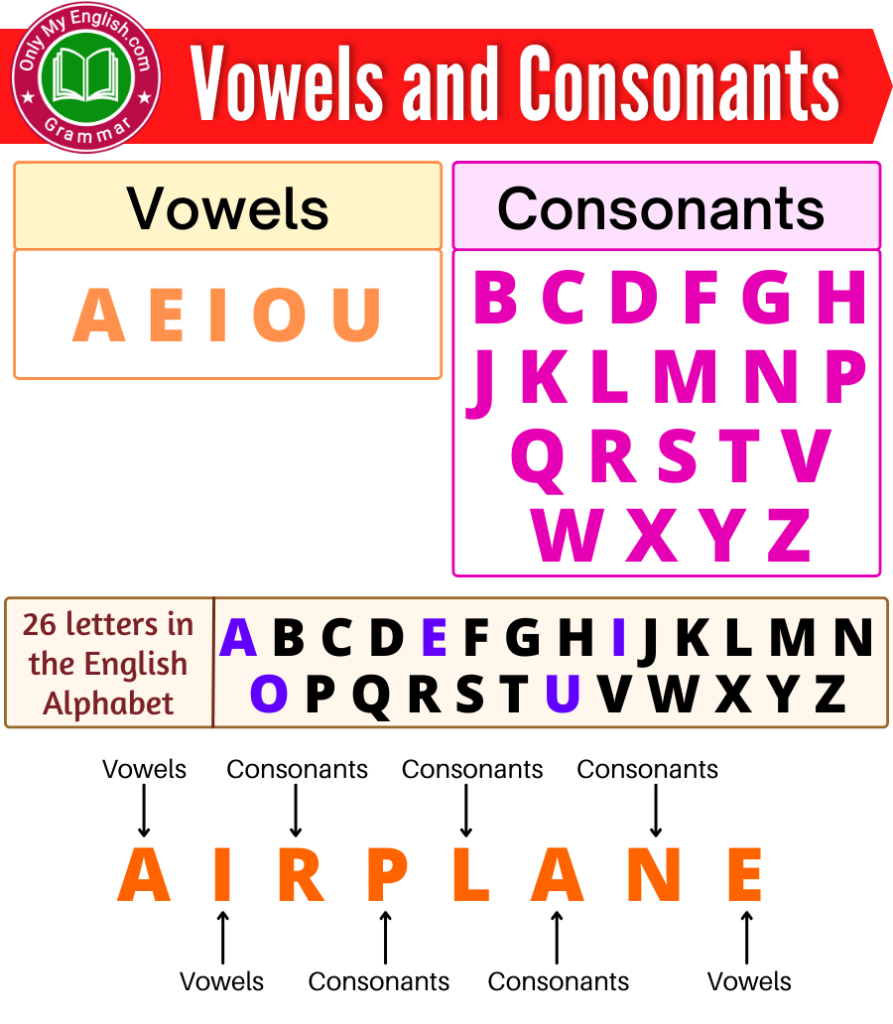
Difference Between Vowels And Consonants In English IMAGESEE
Video Script. Remember that the difference between consonants and vowels is that consonants have some obstruction in the vocal tract, whereas, for vowels, the vocal tract is open and unobstructed, which makes vowel sounds quite sonorous. We can move the body of the tongue up and down in the mouth and move it closer to the back or front of the mouth. . We can also round our lips to make the.

Consonant And Vowel Example IMAGESEE
To reiterate, a consonant differs from a vowel by the fact that, while voicing a consonant, the breadth is completely or partially obstructed. Such is not the case with vowels. This is the main difference between vowels and consonants. Here are some examples of consonants in words: "k" - kite, rock, etc. "ch" - church, chat, etc.

Vowels And Consonants Get Your Students Engaged Teaching Times 2
What is the difference between a vowel and a consonant? To avoid giving an intense linguistic definition, I will try to keep things very easy and give a simple explanation about the difference between a vowel and a consonant. What is a vowel? A vowel sound is pronounced with the mouth open and allows the air to flow freely through it from the.
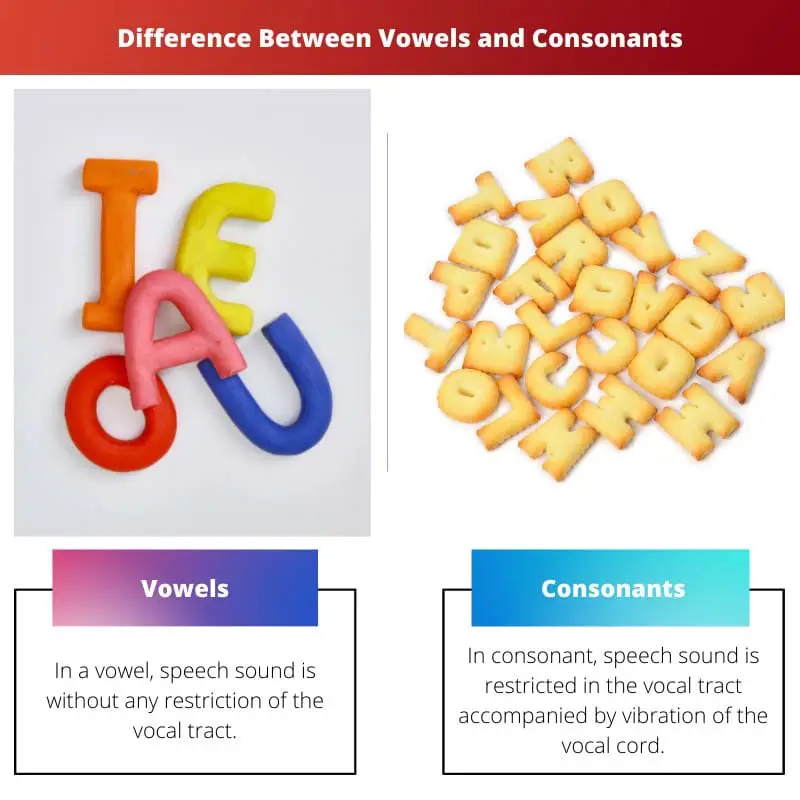
Vowels vs Consonants Difference and Comparison
What are the vowels and consonants in the Latin alphabet? There are 26 letters in the letters of the alphabet. They are usually divided into 5 vowels and 21 consonants. The Differences between the Vowels and the Consonants. Consonants and vowels make up the syllables in a word. Vowels and consonants have different sounds.
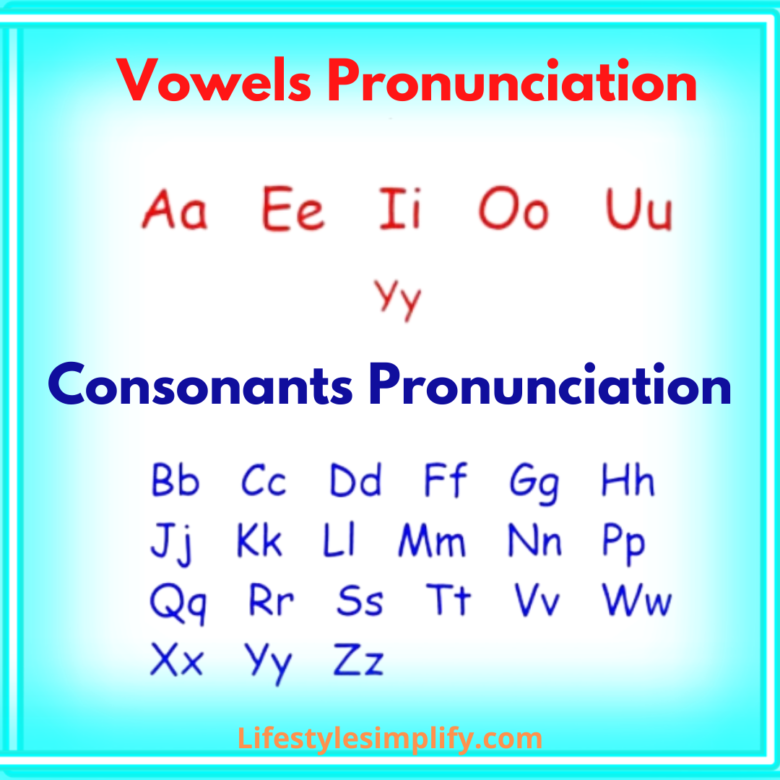
What are Vowels and Consonants in English?
The difference is actually very simple: To say A you open your mouth. To say B you close your mouth.. In general, when you say a vowel you do not block the flow of air. But when you say a consonant, you block the flow of air, for example by . pressing your lips together (as for B); pressing your bottom lip against your teeth (as for F); pressing your tongue against the top of your mouth (as for L)

A vowel and a consonant » The difference between consonants and vowels — WellHouse Church
The main difference between vowels and consonants is how the letters are voiced. A vowel is spoken with an open vocal tract, allowing breath to flow out of the mouth, whereas a consonant is spoken with complete or partial closure of the vocal tract.
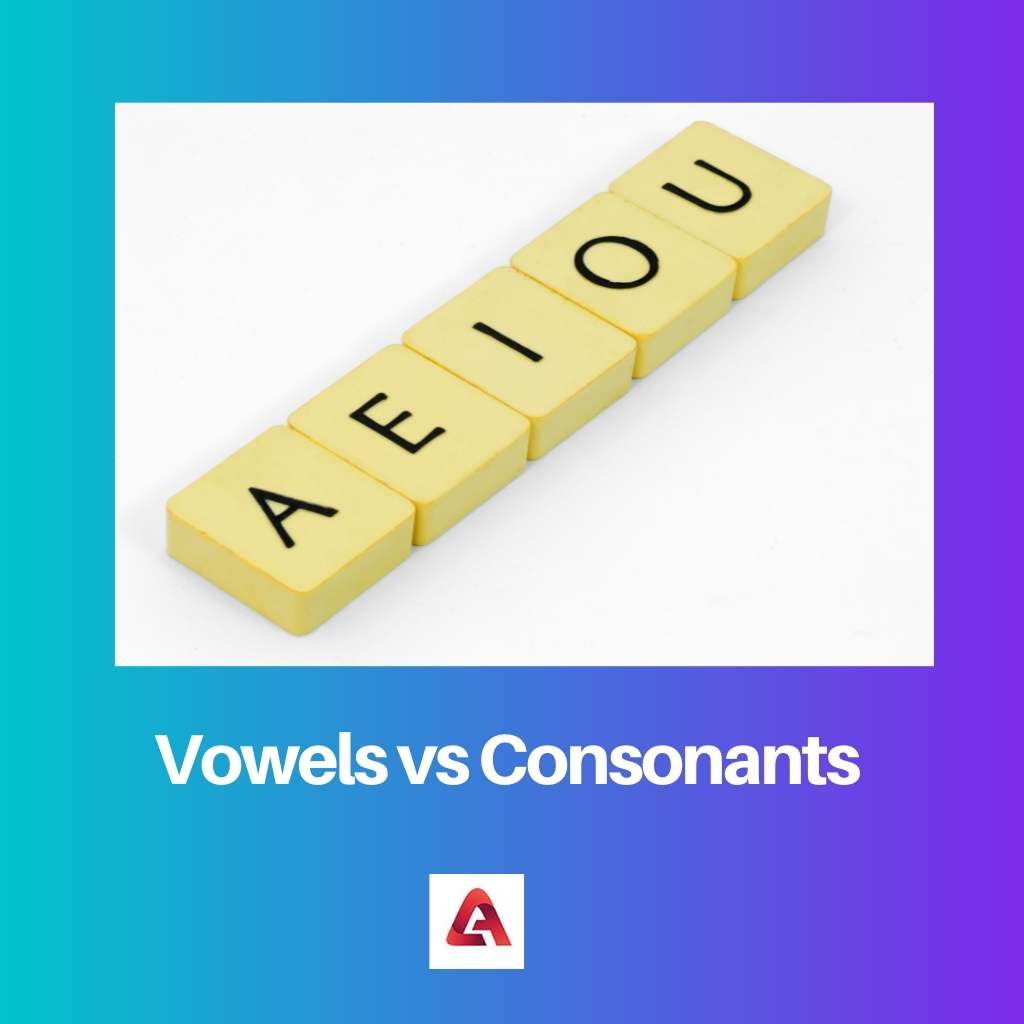
Vowels vs Consonants Difference and Comparison
Difference Between Vowels and Consonants in Tabular Form. Parameters of Comparison : Vowels: Consonants: Meaning:. Consonants may be divided into voiced and unvoiced consonants, which are the two main groups. Unvoiced consonants do not utilise the vibrations of the larynx's vocal folds, whereas voiced consonants do..

Difference Between Vowels and Consonants infographic in 2020 Linguistics study, Learn
The main difference between consonants and vowels in English is the way that we say them out loud. When we say vowels aloud, the sound is made without much restriction to the airflow from our lungs. The tongue can be at various heights in the mouth and in various positions. The lips can be rounded in different ways too, usually depending on the.

The Key Differences Between Vowels and Consonants • 7ESL
The vowels are a, e, i, o, and u, and in some cases, y. However, depending on how they're used, h, r, and w can also make vowel sounds, although in grammar they are still considered consonants and do not follow the same rules as the vowels. Knowing the difference between vowels and consonants is a big help with spelling rules.
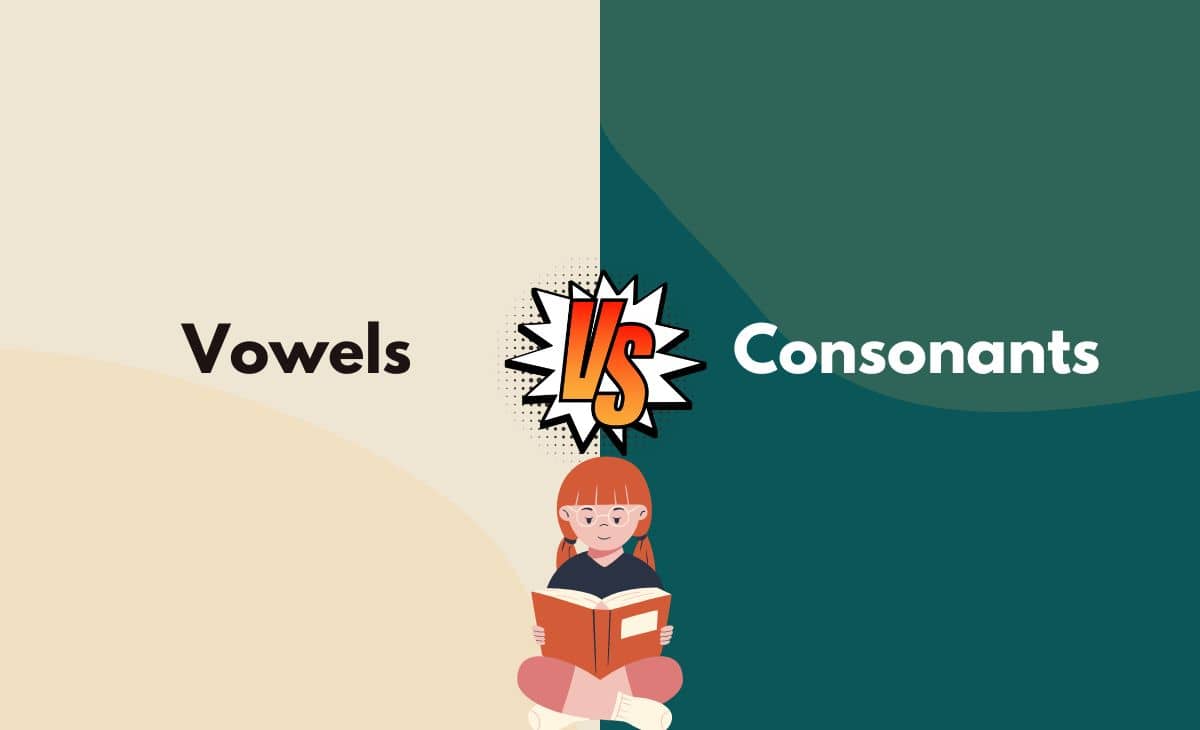
Vowels vs. Consonants What's The Difference (With Table)
The main difference between Chaucer's language and our own is in the pronunciation of the "long" vowels. The consonants remain generally the same, though Chaucer rolled his r's, sometimes dropped his aitches, and pronounced both elements of consonant combinations, such as "kn," that were later simplified. And the short vowels are very similar in Middle and Modern English. But the "long" vowels.

Consonants and Vowels. 2 Popular Categories in The English Sounds.
The difference between vowels and consonants are discussed in the points given below: Vowel refers to a sound generated with a fairly open arrangement of the vocal tract, when breath comes out through the mouth, without any obstruction from speech organs. On the other hand, a consonant is a letter (sound) of the English, produced by the.